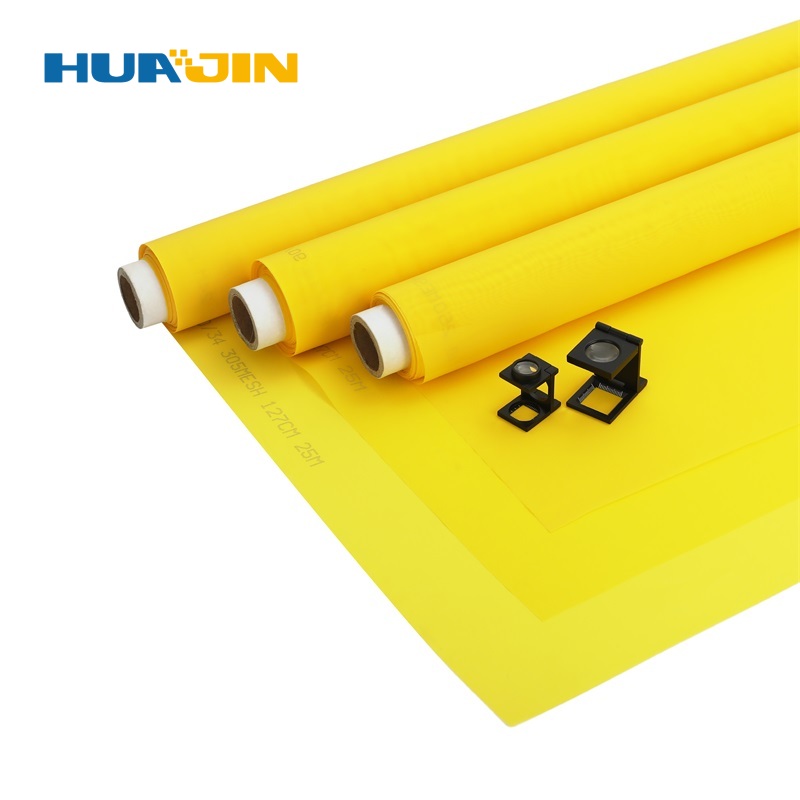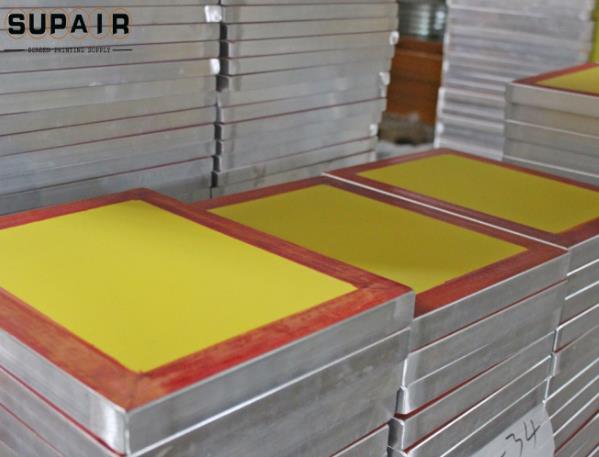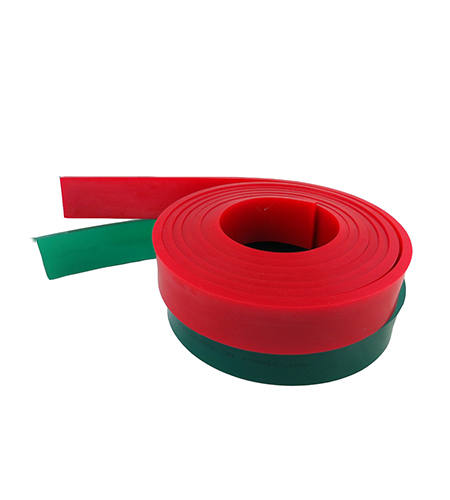
1. Low cost and quick results. Screen printing can be mechanized production or manual operation, and its investment can be large or small, from thousands of yuan in individual manual production to tens of millions of yuan to build a modern screen printing factory. Simple printing that cannot be done by flat printing, embossing, or gravure printing can be done with silk screen printing. Screen printing can be divided into industrial screen printing and fine art screen printing. Fine art screen printing can be used to print exquisite prints and copy expensive oil paintings, with bright colors and thick ink layers. The screen has a strong sense of subjectivity, which is unmatched by other printing methods.
2. It is suitable for printing on the surface of irregular substrates. The screen plate is full of flexibility. In addition to printing on flat objects, it can also be printed on curved, spherical or uneven surfaces, such as various glassware, plastics, bottles and jars, lacquerware, woodware, etc. It can print anything that cannot be printed in flat, embossed, or gravure methods.
3. Strong adhesion and good ink adhesion. Due to the characteristics of the screen plate, the ink passes through the screen holes and directly adheres to the surface of the substrate. According to the requirements of the substrate material, it can be printed with ink, or with various paints, color pastes, glues, etc. Other printing methods are limited due to the finer requirements of the pigment particle size in the ink.
4. Thick ink layer and strong three-dimensional effect. Among the four major printing methods, the ink layer of screen printing is thicker, rich in graphics and text, and strong in three-dimensionality. The offset ink layer is 1.6 microns, the embossing is about 5 microns, the gravure ink layer is about 12.8 microns, the flexographic ink layer thickness is 10 microns, and the screen printing ink layer thickness can reach 60 microns. The thickness of the ink layer of thick film screen printing can reach about 1 mm. Screen printing is used to print Braille, and the thickness of the ink layer can reach 300 microns. The method is to use a braille machine to directly make a positive image on the screen plate according to the original document, and after the screen printing foaming ink is printed, it is heated and dried immediately to form a braille.
5. Strong light resistance and good color forming. If you compare the maximum density and even the range of the measured after using black ink on the coated paper, the offset printing is 1.4, embossing is 1.6, gravure printing is 1.8, and the maximum density value range of screen printing can reach 2.0. The light resistance of screen printing is extremely strong, and the color formation is much better than that of offset printing. In offset printing, if you want to use the proofing mechanism to take the white-covered opaque printing surface, you have to reverse the chopsticks on the same part 3-4 times, while the screen printing only prints once. In terms of the color quality of the printed product, even if it is the same color printed product with a rather light color, the texture and color of screen printing far surpass that of offset printing. The thickness of the ink layer of screen printing can be thicker or thinner. For example, in four-color screen printing, the ink layer of each color is not thick, but thin. The method of thinning the ink layer is to change the printing speed, ink viscosity, screen thickness, squeegee shape, printing pressure and ink application angle and other variable factors to make the screen printing ink layer thinner or even thinner.
6. Wide range of substrates. It can be paper, cardboard, wood, metal, textiles, plastics, cork, leather, fur, ceramics, glass, decals, transfer paper, and a combination of various materials, so screen printing is not only in the printing industry this week In addition to the application of everything, it is also widely distributed in printing and dyeing, clothing, signage, radio, electronics, ceramics and packaging and decoration industries.
7. Large printing area. Now flat printing, embossing, gravure and flexographic printing are all limited by the size of the printing format, while screen printing can be used for large-format printing. In particular, with the rapid development of the advertising market, the proportion of large-scale outdoor advertising printed on screen printing in the advertising market is increasing. Now the largest screen-printed outdoor advertising can reach 2.2x3.8 meters and 2.2x4 meters.



